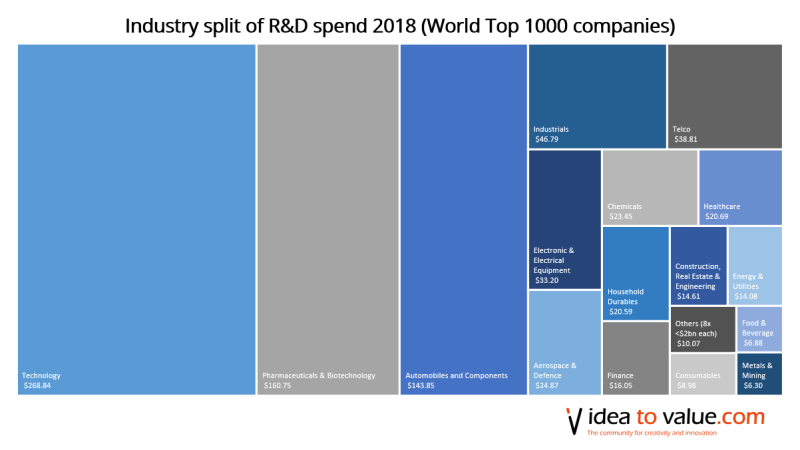Check out the recent post at Noahpinion on what Smith calls techno-optimism. I'm not sure I buy all of his arguments, but he makes some good points, especially this one.
Technology vs. “Tech”
At this point it it’s important to differentiate technology from “tech” as it’s popularly conceived. “Tech”, “Silicon Valley”, or “the tech industry” has come to mean either the software industry, plus anything funded by venture capital, plus anyone who’s perceived to be culturally affiliated with the aforementioned (e.g. Elon Musk). It doesn’t typically include older companies like General Electric or General Motors, biotech/pharma companies, or government-funded science.
Americans could be forgiven for thinking that technological progress mostly comes out of the tech industry. Since 1980, many of the products that changed our lives the most — computers, the internet, smartphones, social media — came out of that industry, as did the Big 5 tech companies (Microsoft, Apple, Amazon, Google, and Facebook) that together now represent about a fifth of the entire U.S. stock market. To some degree, the archetype of Steve Jobs building computers in a garage has replaced the image of a scientist in a lab coat in popular imagination.
But that tech industry lies downstream of a vast ecosystem of science and innovation. Most published science comes out of universities, which are funded by a combination of government grants, tuition dollars, and corporate joint-venture money. (Big corporate labs used to do a sizeable chunk of research, but this is no longer true, though Google’s efforts in AI might represent a partial return of that trend.)
The private sector does spend a lot on R&D. But the “tech” industry as we know it only accounts for about a third of that spending:
“Tech” is certainly very important, but it’s certainly not the whole ball game.
Also, most product innovation is done by big companies rather than startups. Economists Daniel Garcia-Macia, Chang-Tai Hsieh & Peter J. Klenow recently tried to estimate how much productivity growth comes from improvement of existing products — loosely corresponding to what Clay Christensen called “sustaining innovation” — rather than from creative destruction. They found that it was about 75% to 25%.
Furthermore, lots of technological progress gets implemented through channels other than downloading apps from the App Store or buying electronics at Best Buy. As the amazing and apparently successful COVID-19 vaccine effort shows, plenty of innovation makes its impact through the medical system. The rollout of solar and wind power will be done mostly via utility companies, and electric cars will come from big manufacturers. And the military uses a lot of technology as well, though I hope we aren’t reminded of that via a major war anytime soon.

No comments:
Post a Comment